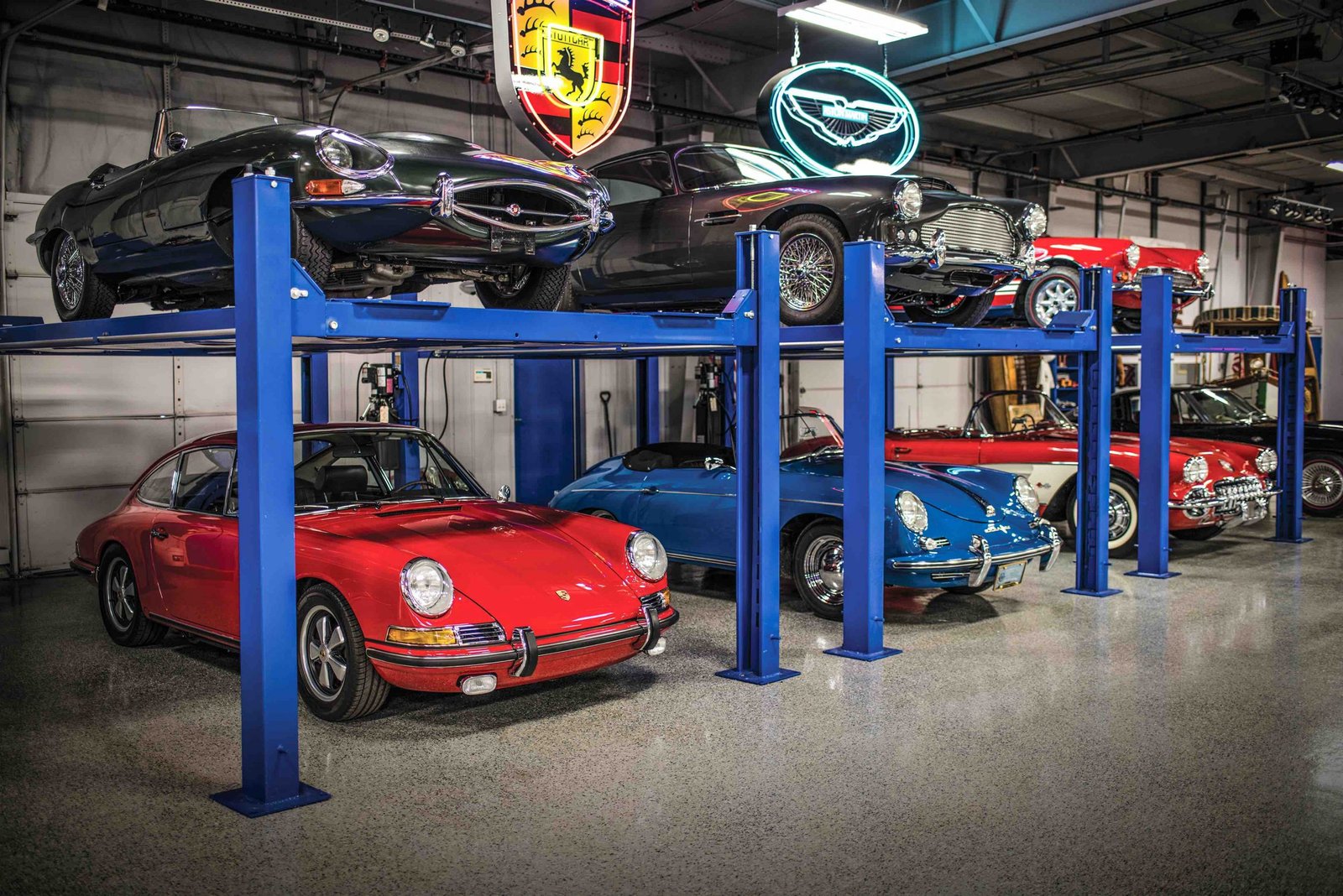Best Tips for Vintage Car Storage
Owning a vintage car is a source of pride and joy for many enthusiasts. However, ensuring its longevity requires proper care and attention, especially when it comes to storage. Vintage car storage is not just about finding a space to park your classic car; it’s about protecting it from environmental factors, maintaining its condition, and preventing damage over time. In this guide, we’ll share some of the best tips for vintage car storage, so you can keep your prized possession in pristine condition.

Choose the Right Storage Location
The first step in vintage car storage is selecting the right location. A good storage spot should be clean, dry, and secure. Ideally, you want to store your car indoors in a climate-controlled environment. This will protect it from temperature fluctuations, humidity, and other elements that can cause rust, corrosion, and deterioration.
Consider Indoor Storage
Indoor storage is the best option for vintage cars. It provides a stable environment, away from the damaging effects of the sun, rain, snow, and wind. If you don’t have a garage at home, consider renting a space in a storage facility that specializes in vehicle storage. Look for facilities that offer climate control, security features, and proper ventilation.
Protect from Outdoor Elements
If indoor storage is not an option, make sure to invest in a high-quality car cover that is breathable and water-resistant. This will provide some protection against dust, moisture, and UV rays. Place your car on a surface that won’t trap moisture, such as concrete or gravel, rather than grass or dirt.
Prepare Your Car for Storage
Proper preparation is key to effective vintage car storage. Before you store your car, take some time to perform a few maintenance tasks that will help prevent damage and ensure that your car remains in good condition.
Clean and Wax Your Car
Give your car a thorough wash and wax before storing it. Cleaning removes dirt, grime, and other contaminants that can cause damage to the paint and body. Waxing provides an extra layer of protection against moisture and dust. Make sure to clean the undercarriage and wheels as well, as these areas are prone to rust and corrosion.
Fill Up the Tank and Add Fuel Stabilizer
Fill up the gas tank to prevent moisture from accumulating inside. Adding a fuel stabilizer will help prevent the fuel from breaking down and gumming up the fuel system. Run the engine for a few minutes after adding the stabilizer to ensure it circulates through the system.
Check Fluids and Change the Oil
Check all the fluids, including the oil, coolant, brake fluid, and transmission fluid, and top them off if necessary. Changing the oil and filter before storage is a good idea, as old oil can contain contaminants that may cause damage to the engine over time.
Protect the Tires and Battery
Tires and the battery are two components that often suffer during long-term vintage car storage. Taking a few extra precautions can help extend their lifespan and prevent potential issues when you’re ready to drive your car again.
Inflate Tires and Use Tire Cushions
Inflate your tires to the recommended pressure to prevent flat spots from forming. If your car will be stored for an extended period, consider using tire cushions or jack stands to take the weight off the tires entirely. This will help preserve the shape of the tires and reduce stress on the suspension system.
Disconnect or Remove the Battery
Disconnect the battery to prevent it from draining while the car is in storage. If possible, remove the battery entirely and store it in a cool, dry place. Consider using a battery maintainer or trickle charger to keep the battery charged and ready for use.
Maintain Regular Inspections
Even when your car is in storage, it’s important to perform regular inspections to ensure everything remains in good condition. Check for signs of leaks, rust, or pest infestations, and address any issues promptly.
Start the Engine Occasionally
Starting the engine occasionally can help keep the internal components lubricated and prevent the seals from drying out. However, if you choose to do this, make sure to run the engine for at least 15 minutes to allow the oil to circulate and the engine to reach its operating temperature.
Inspect for Pests and Moisture
Pests can cause significant damage to a stored car, chewing through wires and upholstery. Place mothballs or dryer sheets inside the car and around the storage area to deter pests. Additionally, check for any signs of moisture buildup, as this can lead to mold and mildew growth.
Conclusion
Proper vintage car storage is essential for maintaining the value and condition of your classic car. By choosing the right storage location, preparing your car properly, and performing regular inspections, you can protect your investment and ensure that your vintage car remains in top condition for years to come. Follow these tips for vintage car storage, and you’ll be able to enjoy your beautiful vehicle whenever you’re ready to take it out for a spin.

